Frequently Asked Questions
A Q&A Session was held on November 7th, 2024. View the recording, and click the buttons below for the associated resources.
Most undergraduate and graduate Students attending an accredited, U.S.-based university are eligible to participate. Please visit the Eligibility section of the Proposal Guidelines on the Challenge Details page for full eligibility requirements.
Please visit the Eligibility section of the Proposal Guidelines on the Challenge Details page for full eligibility requirements, including full information on participation for international universities and foreign students attending U.S.-based universities.
Please visit the Eligibility section of the Proposal Guidelines on the Challenge Details page for full eligibility requirements.
Federal Co-Op/Pathways Interns may participate in HuLC anytime when they are on Leave Without Pay (LWOP).
Federal Co-Op Interns can also participate in HuLC if the following criteria are met:
- HuLC funds cannot be used to support travel for Civil Service Interns who are operating in an active federal work status (i.e., during a timeframe when they are working and receiving pay).
- During times of active work at a government agency, federal co-op/Pathways interns may participate in HuLC only if their paid work/research/project is not directly related to their HuLC project. (e.g.: An intern who is conducting research on dust mitigation COULD NOT contribute to a HuLC team).
The forum competition is judged by a NASA and industry subject matter experts. Please see the Judging Panel page on the website for more information on the judging panel.
Yes, multiple teams from the same university can submit separate proposals for the HuLC competition, and multiple teams from the same university may move on to the next round of the competition if their proposals merit selection into the program.
If all of the universities are U.S.-based, then no, you do not need an advisor from each university. However, one of the universities must be designated as the “lead” university. The primary point-of-contact advisor must come from the lead university, and all correspondence would occur through that advisor and the team lead. The joint team will receive one stipend (the same as if the team were from a single university), and it will be sent to the lead institution. It is up to the lead institution to determine how the stipend will be distributed.
Yes, one faculty advisor may represent multiple teams from the same university if they choose to attend.
He/she can mentor the team as much or as little as desired. Some faculty take a very hands-off approach, while others are actively involved in all aspects of the team’s research and submissions. The HuLC program allows faculty to be involved in the students’ work and product as much as they would like to, but the expectation is that the students are doing the bulk of the work.
Faculty advisors of finalist teams will be responsible for accepting the stipend, submitting any university paperwork we require for the competition, and working with the university to make any necessary arrangements for the team to attend the HuLC Forum. The advisor also ensures that teams submit their deliverables by the established deadlines and that Forum registration is conducted on time.
Faculty advisors must also sign the first page of their team’s proposal to acknowledge they’ve reviewed and approve of the submission. Advisors of finalist teams must also fill-out and submit the Advisors Approval Attestation form for their team’s Technical Paper.
Yes, however, each team will require a “primary” faculty advisor who will serve as the team’s main point-of-contact alongside the student team lead.
Yes, absolutely. We understand that sometimes things change between the time proposals are submitted and the time the technical paper is due. We just ask that you list every person who contributed to your project in the final technical paper.
Working with industry in a small capacity is acceptable, as long as this remains a student project with the students doing the bulk of the work. Teams can work with industry to receive mentorship, sponsorships, donations (cash or materials/supplies), or in-kind use of testing facilities.
A photo of the team members incorporated into the video is fine. Individual photos are also acceptable.
The HuLC Competition will be held at or near NASA’s Marshall Space Flight Center in Huntsville, Alabama in June. Visit the Challenge Details page for specific dates.
More information on Forum logistics, registration, and hotel reservations will be made available to finalist teams.
It is possible that individuals may need to cover some of the Forum costs. Each team will receive a $9,250 award to facilitate full participation in the HuLC Competition. Although it is ultimately up to each university / advisor on how to best distribute the stipend, part of the stipend is intended to help offset some of the costs associated with participating in the Forum.
No. The HuLC Forum is closed to the public. Only finalist team members and advisors may attend the Forum.
No. Teams are not permitted to use technical advisors who work for NASA, either as civil servants or contractors.
A post-doc can serve as your official advisor, as long as he/she is employed by the university to teach or conduct research, and can manage a stipend in an official capacity behalf of your team.
There is no limit to the number of students who can participate throughout the year on a team.
However, if any individual finalist team desires to bring more than 10 students to the HuLC Forum, permission must be requested from the HuLC Program Staff prior to registering. Requests will be reviewed, and approvals will be granted on a case-by-case basis, space permitting.
Yes, there can be a mix of levels within a team. HuLC teams are not judged based on the team’s academic level.
Yes, as long as they were students during the Fall semester when you begin working on the project. If they are an undergraduate moving on to graduate level work, they may still compete as part of an undergraduate team without changing the team’s status.
Yes, visit the Challenge Details page to view the most up-to-date Challenge Guidelines document for full details on each deliverable.
No. The university must fill out the Vendor (W9) and ACH forms, as we are only able to issue stipend checks directly to universities (not to individual student organizations).
Make sure the Financial Point of Contact listed on your Proposal form has access to the account listed on your ACH form and can make sure your team will receive stipend funding.
It is the responsibility of each team to appropriately handle copyright issues related to anything you choose to use in your presentation (including, but not limited to: music, images, graphics, and photos). Neither NASA nor NIA can grant permission for you to use copyrighted material.
Any graphics software will suffice. Please do not include hand-drawn graphics in the proposal.
While we expect that your concept will evolve as you continue working, you should be prepared to explain and justify that evolution in your final technical paper and presentation.
You can absolutely submit your design to other conferences and to journals/publications, as long as it is presented to the public at the HuLC Forum first. It’s also okay to present the work at your university (at internal school events to other students/faculty) before HuLC.
While there’s no specific copyright statement required for other publications, your paper should acknowledge that the work was originally funded by NASA through NASA’s Human Lander Challenge (HuLC).
Work done for HuLC is meant for the public good, meaning it must be free and available for the public to read and reference. This is accomplished by publishing finalist teams’ papers on our website. Once a team has presented their work at the HuLC Forum, they’re welcome to present and publish it elsewhere.
While there’s no specific copyright statement you’re required to put in your publication, your paper should acknowledge that the work was originally funded by NASA through NASA’s Human Lander Challenge (HuLC).
Your quad chart’s cost and schedule should refer to the entire concept’s cost and schedule (i.e., for NASA’s path-to-adoption).
Teams can generate graphics for their HuLC projects in any way they want, as long as copyright and trademark laws are followed. When using AI generated files, teams must also abide by the software’s polices on use and ownership of images.
You should treat code like you would an equation. For example: If the code/equation is integral to understanding part of your paper, then it (or a snippet) should be included in the body with a reference to its location in-full in the appendix. If the code/equation is instead used to create an output that you’d like the judges to view and review, you may want to include the output with a reference to the code in the appendix. If the code/equation is not integral to understanding sections of your paper, but still important to its overall package, you can put it in the appendix and reference it in the body of your paper where applicable.
There are two valve concepts in particular the HLS missions are focused on:
- Low leakage cryogenic valves, and,
- Cryogenic couplers for propellant transfer.
With both HLS missions having a duration of over 90 days, current cryogenic valves used on launch don’t meet the mission requirement for leakage. HLS would require a leak rate in the range of single digit sccs (standard cubic centimeters per second) across all launch vehicle valves (vent, press, engine pre valves, etc). These valves would range in diameters of 2-8 inches depending on its application. For the cryo-couplers, the goal is to design a robust soft seal mechanism that is capable of surviving multiple mate and de-mates as well as multiple low temperature cycles during an in-space vehicle-to-vehicle propellant aggregation campaign. These don’t necessarily have to be valves in the tradition sense. A good example is a cryogenic bayonet style fitting, a slip fit soft seal with a latching mechanism.
The high quality graphic is not a judged element of your submission – any images you want the judges to score should still be inserted into your proposal.
The required “high quality graphic” may be used to illustrate your team’s design on internal reports and in external news stories if your team is selected as a finalist. So, the choice is really up to you and your team to determine which image you think best visually represents your system/design/concept to a new audience. You can choose any picture, but images with a lot of small text may be more difficult to see/understand if they’re displayed as a thumbnail.


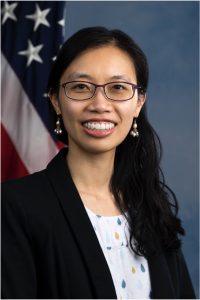 Esther Lee
Esther Lee Monica Guzik
Monica Guzik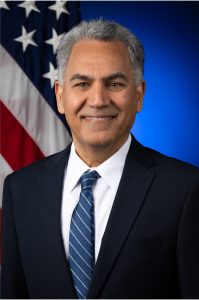 Jamshid Samareh
Jamshid Samareh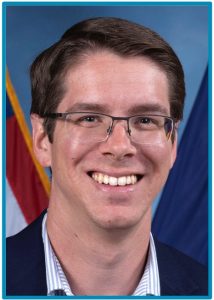 Wesley Chambers
Wesley Chambers Lora Dishongh
Lora Dishongh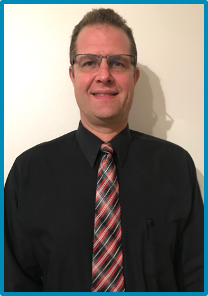 Mark Lewis
Mark Lewis Manish Mehta
Manish Mehta Philip Metzger
Philip Metzger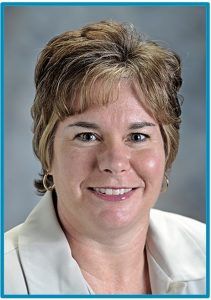 Michelle Munk
Michelle Munk Samantha Harris
Samantha Harris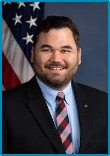 Matt Simon
Matt Simon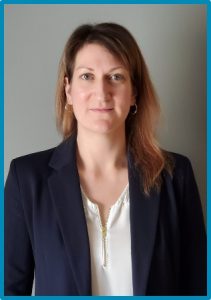 Ashley Korzun
Ashley Korzun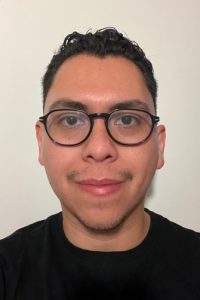 Juan Valenzuela
Juan Valenzuela Mark Wollen
Mark Wollen Reid Ruggles
Reid Ruggles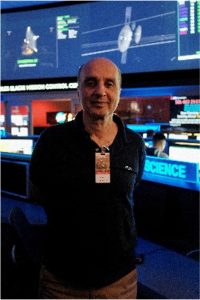 Ali Kashani
Ali Kashani Wesley Johnson
Wesley Johnson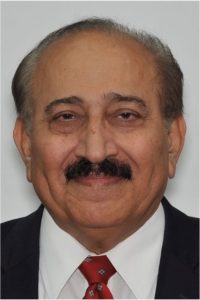 Ali Hedayat
Ali Hedayat Michael Dipirro
Michael Dipirro